The Wanton Boy that kills the Fly shall feel the Spider’s enmity
Augeries of Innocence, William Blake, 1803
When I was a child it was with a mixture of fascination and disgust that I would watch the wipers swipe the dead off the windscreen, leaving black and bloody specks of slime. I remember discovering that flies had blood when my brother and me had a killing spree and splattered the living room walls with crimson splotches. I had previously thought insects were bloodless, that somehow they were so alien to us that they couldn’t possibly also contain a similar red substance, although I have since learned from another brother that it is not actually blood that they have, but a substance called hemolymph.
Whilst a drive in those days would always involve cleaning off numerous tiny little bodies from the windshield, in the last few months I have driven from Manchester to London to Dorset to Bristol to Wells to Swansea, and up to Dalbeattie and Kirkcudbright in Scotland and during all these journeys at different times of the day and evening in various parts of the country, I don’t remember seeing one insect on my windscreen, but I didn’t really start thinking about this until I went to Bristol in May which was when I heard that this phenomenon had a name.
I was cycling from Bristol to Bath on an easy, sunny May day along what is the oldest cycle path in the country, to visit Bath Botanic Garden.
Bristol to Bath Cycle Path
On a bridge over the River Avon, I stopped to put antiseptic on my leg which I had scraped against the bike, badly negotiating a pothole near Temple Meads at the beginning of my ride; rather an inauspicious start to my trip. As I sat there, I was approached by a young man who explained he worked for Sustrans, (short for Sustainable Transport and nothing to do with gender identity), and asked me whether I had time to talk. Clearly trying to avoid focusing on my very unpleasant-looking leg, he gave me a brief history of the cycle path; in 1979, he told me, a group of local volunteers literally bought all the materials, wheelbarrows of gravel, cement etc. themselves, and began the transformation of the Bristol to Bath disused railway track into the very first cycle path in the UK.
The Bristol and Bath Railway Path in 1979. Source: John Grimshaw, Sustrans
By 1985 the whole 13 miles, Bristol to Bath, was complete; the perfect cycle route, at least for me, being flat, car free, and, on a late Thursday morning, very quiet. He then asked me if I drive, and for how long. ‘About 40 years,’ I said, feeling very old all of a sudden and expecting to be admonished for my long contribution to polluting the country, but he seemed quite pleased: ‘Ah! So you will remember all the insects you used to get on your windshield then?’ Which of course I did. He asked me how many I have seen recently, which sadly was none. And this was really quite shocking to me. I just hadn’t thought about it. Now I know this phenomenon has a name: “The Windshield Effect.” A recent graduate in Natural Sciences from Cambridge, I had a most interesting talk with Rory about insects and the environment; his knowledge about insect life cycles and his memory of data was absolutely phenomenal, unfortunately very little of which I can now recall.
Rory from Sustrans
My bloody leg
But as I cycled on, I became very much more aware of not just the birdsong but also the hum of insects, that wonderful sound that is becoming increasingly rare. The track was fringed with an array of plants, and a buzzing followed me along. Drifts of brilliant golden buttercups, (Ranunculus repens), Ground Elder, pink Geraniums, and indigo Aquilegia provided a perfect colour palette for my ride. And of course the more plants, the more insects, and the more insects the more flowers develop from pollination, and the more flowers the more birds and other wildlife.
This part of the Avon Valley Railway had been closed, along with almost a third of the railway lines in Britain, in the 1960’s, as part of what became known as the Beeching Axe, after Richard Beeching, Chair of the British Railways Board who compiled the “Reshaping of the British Railways” report. It was mostly smaller tracks to villages and seaside towns that were cut. The “busification” that was supposed to replace them was a complete failure and instead many of us got cars, motorways took over and others were cut off from travel altogether. I would love to be able to visit the villages and seaside towns of Britain by train. The only positive outcome of the Beeching Axe, it seems to me, was the creation of these cycle-paths along the disused tracks.
Buttercups (Rannunculus repens)
Aquilegia (Columbine)
As you journey out of the city, the path opens up to meadows and fields and then goes through Bitton and Warmley old stations.
Waiting for a train at Bitton
The only train I saw was this old one, built in 1929, which, I learned from a fellow cyclist who stopped to chat, was used solely for transporting Fry’s Somerdale chocolate in nearby Keynsham.
Somerdale Fry, the Chocolate Train, at Bitton Station
Gradually the scenery becomes urban as the track snakes its way through the pale golden Bath stone houses. Just five minutes up the hill from the cycle path in the top corner of Victoria Park sits Bath Botanical Gardens.
Bath Botanical Gardens
At nine acres this tiny botanic garden, formed in 1887, contains one of the largest collections of limestone compatible plants in the West country. The gardens are free and I strolled in after locking the bike to a fence and was immediately hit by the gorgeous aromas of Sweet Mock Orange (Philadelphus coronarius) and Lilac (Syringa pubescens). With insects on my mind I decided to focus on plants that particularly attract them, which is not difficult in a botanic garden because just by having an enormous variety of species, they will naturally attract more insects. Of course it is not just native plants that attract our insects. The pale, pink flowers of Weigelia florida, native to China, Korea and Japan is loved by our butterflies, as are the flaming pink trumpet flowers of Gladiolus italicus, which grow like weeds in Southern Europe and North Africa.
The Butterfly loving Weigela florida
Whilst there are no hard and fast rules, generally purple, pink, white, red, yellow and orange flowers, and flowers in clusters, attract butterflies. Bees, who cannot see red, are more attracted to blue or yellow flowers which are nectar rich. Moths of course like evening or night-opening flowers such as Nicotiana. They rely entirely on scent and butterflies usually on sight. They both need plants on which to lay their eggs, and in some cases those leaves will be caterpillar food.
Gladiolus italicus (Field Gladiolus)
Although we may view some insects as beneficial, for example for pollination purposes, (butterflies, dragonflies, bees), or controlling purposes, (ladybirds love eating aphids, for example) and others as bad or annoying because they eat our plants (caterpillars and aphids) or sting us, we really should make all insects feel welcome and obviously you cannot have a butterfly without a caterpillar.
I would still happily kill lice, fleas, mealy bugs, aphids, cockroaches and tics, not that I have ever come across a tic. I killed many cockroaches when I lived in the infested concrete blocks of flats in old Hulme, where they scurried around at night, and also at Kew Gardens where giant ones flew around the tropical greenhouses, burrowing into the roots of our plants. Ants are fascinating but you don’t really want them in your house and there is nothing worse than a fight against clothes moths. So perhaps it’s natural that we have a love-hate relationship with insects but this can be irrational. People often like bees which are after all the symbol of hard work and they produce delicious honey and half of Mancunians now have a bee tattoo. Yet, the not so different wasp is generally hated. We like butterflies but not are not so keen on moths. But most, if not all of these insects are really useful. I am not sure of the importance of fleas or cockroaches, but I would definitely have second thoughts about killing flies now, much better to shoo them out the window for the swallows, swifts, house martins, blackbirds, blue tits, sparrows and robins to eat. And I certainly wouldn’t kill a wasp, unless perhaps I was under attack.
My brother, the same one who joined in the fly massacre, stepped on a wasp’s nest when he was about 10 years old, trying to retrieve a ball from a bush. The others rushed him back to the house and put him in the bath where he sat in a sort of shocked silence, his arms wrapped round his chest trying to rub away the stings whilst the odd wasp still on him dropped into the bath, swimming for its life. Our mother poured a bottle of TCP in and we all stood looking on, horrified, until she shooed us out. Despite being stung dozens of times, surprisingly he didn’t develop a wasp phobia, which I am sure I might have done.
In any event, wasps are essential in our lives; like their more cuddly bee cousins, they are pollinators, but of many plants that bees don’t or can’t touch. The Common Wasp, (Vespula vulgaris) usually pollinate the less showy and less scented flowers; they can reach the nectar which bees cannot get to. There are one hundred types of orchid in the world that are dependent solely upon wasp pollination. Some of these orchids have developed a smell identical to the female wasp in order to fool male wasps to attend; on arrival the males carry on their business thinking they are with a female whilst actually just carrying nectar to the next flower. Figs and Goldenrods, (Solidago virgaurea), which bees won’t touch, are also pollinated by wasps, as are Parsley, Tansies, Hellebores, Pineapples and many Lilies. So a world without wasps would be a world without many flowers and fruit. Wasps also feed on other insects that destroy plants so they really are the gardener’s friend, but unfortunately in dreadful decline, so much so that last summer Manchester Evening News headlined an urgent warning to the British public to not kill insects, even wasps, because they are at crisis point. (30th May 2022).
Orphis insectifera pollinated by just two types of UK Digger Wasp
Bath Botanic Garden had a Butterfly and Moth area so I aimed for that. I was reminded of my very brief stint working at the Butterfly Park in Laos, where as well as having masses of flowers, they also had areas full of decimated annuals in such a sorry state, at least to a gardener’s eyes, being almost totally de-leafed and swarming with munching caterpillars. However, nothing like that in Bath Moth and Butterfly Area which was all petals, colour and scent ready for pollination. Should us gardeners be buying plants just to be eaten by caterpillars I wondered. We can’t just have the pretty end result.
Flowers in Bath Botanical Butterfly and Moth Garden
Another insect memory was on the school playground when a girl started running towards us yelling that she had been stung by a hornet. Suddenly it was a mass exodus of screaming kids. ‘What’s a hornet?’ I asked another girl. ‘A giant wasp with a giant sting!’ she screamed, holding her hands about a foot apart. ‘It can paralyse you!’ she added dramatically as she ran inside. I looked around anticipating some gargantuan, striped monster charging us. I didn’t hang around long to look but was subsequently rather disappointed by their insignificance in terms of both size and ferociousness when I eventually came across one. Is that it? I thought to myself. Although I have never had the misfortune to experience its sting. In any event, I have since learnt that they are an important pollinator of English Ivy (Hedera helix) and Irish Ivy (Hedera hibernica). Ivy has historically had a bad name, and sometimes that may be justified when it is strangling trees and other plants to death. I remember people also said not to grow Ivy up your house as it will get into the mortar and pull the whole building down! But more recent opinions have changed and it is now seen as a beneficial plant, both in terms of binding the landscape physically and ecologically by providing excellent meals and nesting sites for birds and and mammals as well as pathways for insects and other wildlife. Moreover it is eats up pollution, and, when grown up a building, is now said to protect it from extreme temperatures. We need hornets for Ivy, so we need to love hornets too!
Bath Botanical Garden was very beautiful and I was lucky to be here on such a fresh sunny day. Light and shade dappled the grass as I walked under the almost florescent greens and yellows of the Laburnum tree. Bumble bees and butterflies both love Laburnums. I nearly bought one once for my tiny Manchester garden but as the flowers, seeds and even the bark, if you chew it, is poisonous to humans and other animals, I decided I had better leave that one, rather than take the risk of killing half the neighbourhood and their pets.
Laburnum anagyroides
In keeping with the history of the City of Bath, there’s a replica of a Roman Temple here, which overlooks a dark olive-green pool surrounded by various shades of deep red Acers and Beech trees.
The Replica Roman Temple
The Streamside Garden
The gardens seem to be well used by groups of women picnicking with toddlers, quite a few photographers and people just ambling and taking advantage of the best of the day. Oddly, especially as it was a weekday, I only came across one gardener. He was friendly enough and took time to chat whilst he edged the beds, but it emerged that he knew nothing about the gardens or plants. It made me wonder if that because these gardens are council owned, rather than have a dedicated team of botanical horticulturalists working here, they rely on the city wide team of gardeners, who go from park to park, similar to what I did when I worked in Lancaster and Morecambe where there were few plant or gardening enthusiasts within the team. I noticed that some areas of the garden were “managed” by charities such as The Edible Garden which was cared for, and it seemed funded by, The Women’s Institute who had put up signs saying that they are getting fed up of having to replace their plants that were being repeatedly stolen. Something I would not really expect in the City of Bath which has an impression of being the epitome of gentility and politeness with its elegant Georgian mansions and the face of Jane Austen everywhere. Also signs for Volunteers to help here were attached to the Main Entrance Gate which is not a positive thing in my opinion. Years ago, when I worked at Kew, the Union voted against a management proposal to allow people to volunteer there to prevent the slippery slope into botanic gardens being solely reliant on non-paid workers, there increasingly being enough, often very rich people, who are happy to work for free in such places. In the US, most Botanic Garden workers are now volunteers.
The Women’s Institute Bath Botanic Edible Garden
I came across this Prunus tree with a sign saying it had been planted by the local Inner Wheel Club. I looked them up thinking it must be some sort of cycling group, but it was another women’s charity; established in Manchester in 1924, they historically supported victims of domestic abuse and children’s nurseries etc. I had never heard of them before but they seem to be going strong still. I wondered if they volunteered here too.
The Inner Wheel Club’s Prunus ‘Accolade’
Annexed to the botanic gardens is a former stone quarry and as I walked across the road into what is now a sunken wood, both the temperature and the light levels dramatically dropped. The trees, including an enormous Sequoiadendron giganteum, towered above me and little of the sunlight reached through the canopy. Beneath my feet it was soft with moss and pine needles and I found myself almost creeping around as it was so quiet and I didn’t want to disturb the peace although I did give the Redwood a punch as I always do because I can, the bark being so cushioned.
Sequoiadendron giganteum Wellingtonia or Giant Redwood
Oddly there was a monument to Shakespeare here, which was almost lost in the dense trees. It had been carried up here on the 25th April 1864, which being 300 years after Shakespeare’s birth, was declared a bank holiday for Bathonians, 30,000 of whom lined the city streets to watch the procession to the Great Dell, guarded by The Rifles Regiment and celebrated with the firing of cannons. What a great outdoor theatre this would make for the ghostly scenes in Hamlet or Macbeth.
The Shakespeare Monument in the Great Dell
Whilst I was looking for Shakespeare’s monument, I was somewhat startled to stumble across a colossal head of Jupiter, which despite being huge and high on his plinth, was so hidden amongst the trees that there was no view of him from a distance. He gazed out over the city as though it was his Kingdom, the trees his protective army.
Jupiter in the Great Dell
I discovered he had been bought here after his creator’s death in 1836. The sculptor, John Osborne, left his family destitute when he died, bar this one enormous possession. Fortunately the Victoria Park Committee agreed to buy it and it was placed here. Photographs from the past showed how this was originally a much more open space and an interesting one from 1975 shows his plinth wrapped in a cloak of Ivy which made him look far more regal and whole, although possibly full of hornets and all sorts of other creatures.
Jupiter cloaked in Ivy, 1975 (Historic England Archives)
View of the River Avon from the cycle path
As my energy was diminishing I thought I’d better get on with my 13 mile cycle back to Bristol. Going slower had its benefits as I could spot more plants edging the track. In this slow way I saw some Wild Thyme, Thymus polytrichus ssp brittanicus, (which confusingly has also recently been known as Thymus drucei, Thymus praecox and Thymus serpyllum; so much for the consistency of Latin). Common to the South East of Britain, it is less well known in the rest of the UK. I was pleased it was in flower too because it was quite early. I wondered if I would see its good friend, the Large Blue butterfly, who lays its eggs only on these flowers or that of the Wild Marjoram.
Wild Thyme, Thymus polytrichus ssp brittanicus
The Large Blue has a really complex lifecycle involving the social parasitisation of red ants. After the caterpillar hatches, it eats the Thyme’s flowers, then it drops to the ground and starts secreting a honeydew-like substance that attracts the ants. Similar to the cuckoo strategy, the ants are tricked into believing the caterpillar to be one of their own larval babies. It takes a few of them to carry it back to their nest where they put all their energy into feeding it up. As the gluttonous caterpillar becomes increasingly plump, and the ants struggle to get it sufficient food, with rather disturbing ingratitude, the caterpillar starts gobbling up the ants’ own larvae. This still doesn’t seem to trigger any alarm bells with the robotic red ants. Even when their own babies have all been devoured, the caterpillar will command its frantic slaves to chauffeur it to another ant nest where it all starts again. Eventually in winter the caterpillar will bury itself underground to hibernate. Perhaps the ants give a great communal sigh of relief, but this respite doesn’t last as in the first warm days of Spring, the caterpillar emerges and demands yet more sustenance until eventually it transitions to its initially sloppy, then increasingly hardened chrysalis state. I wonder what the ants think then, or whether they show any astonishment when in early summer there emerges a dazzling, almost iridescent, blue butterfly. Who would have thought such a beautiful insect had such a monstrous history.
By 1979 the Large Blue had become extinct in Britain due to a combination of factors, one being the loss of rabbits from myxomatosis, who kept the grass in the meadows sufficiently short for the red ants to move around. But fortunately, due to the wonderful work of the Royal Entomological Society, the Large Blue that was thriving in Sweden was reintroduced here from there, and last year the BCC reported that conservationists counted 750,000 large blue butterfly eggs in the UK. I will certainly be on the look out for this wonderful butterfly when I am next in this part of the world. What a fantastic day out that was, one I would most definitely like to do again, to a great little botanic garden.




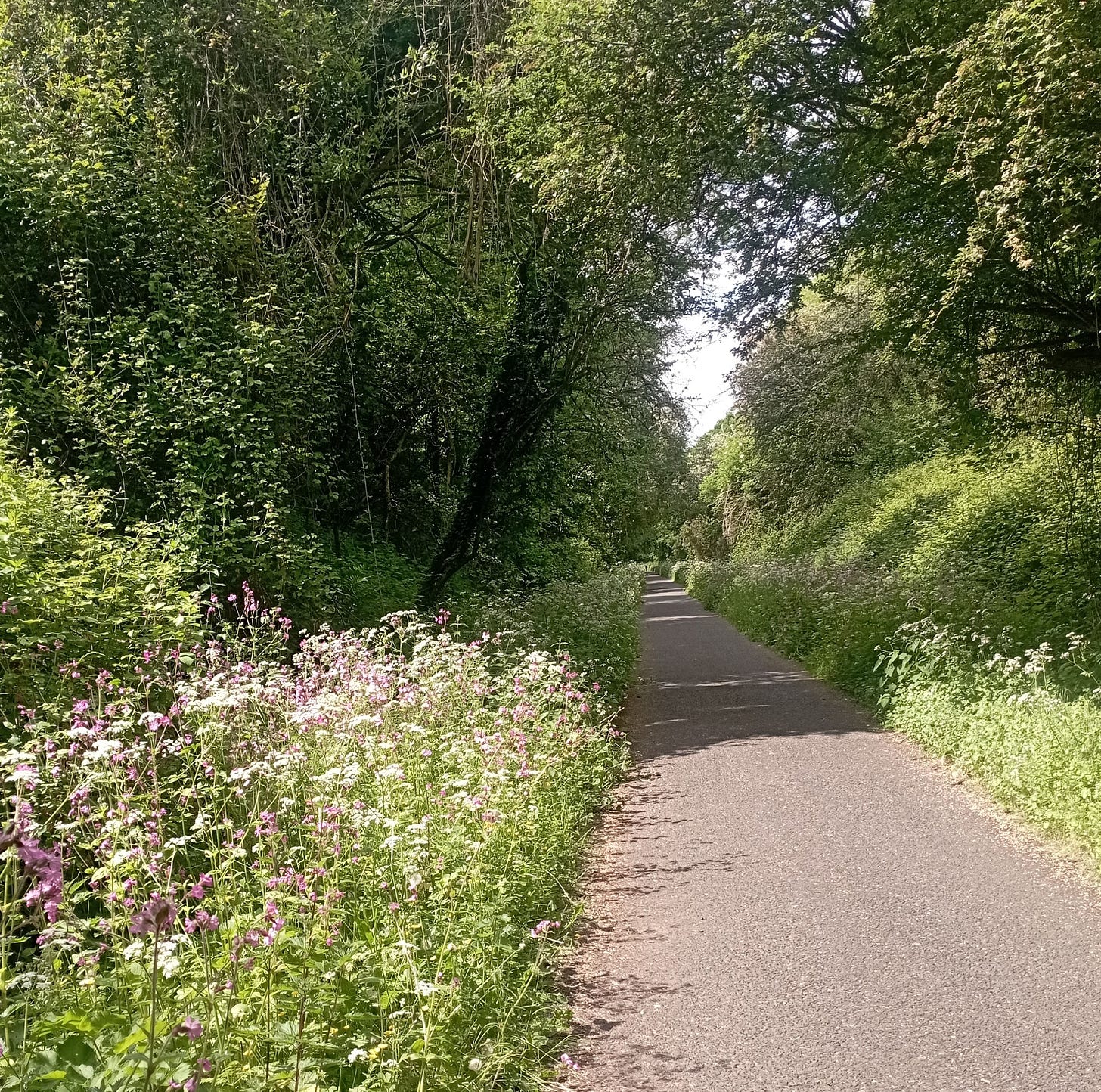



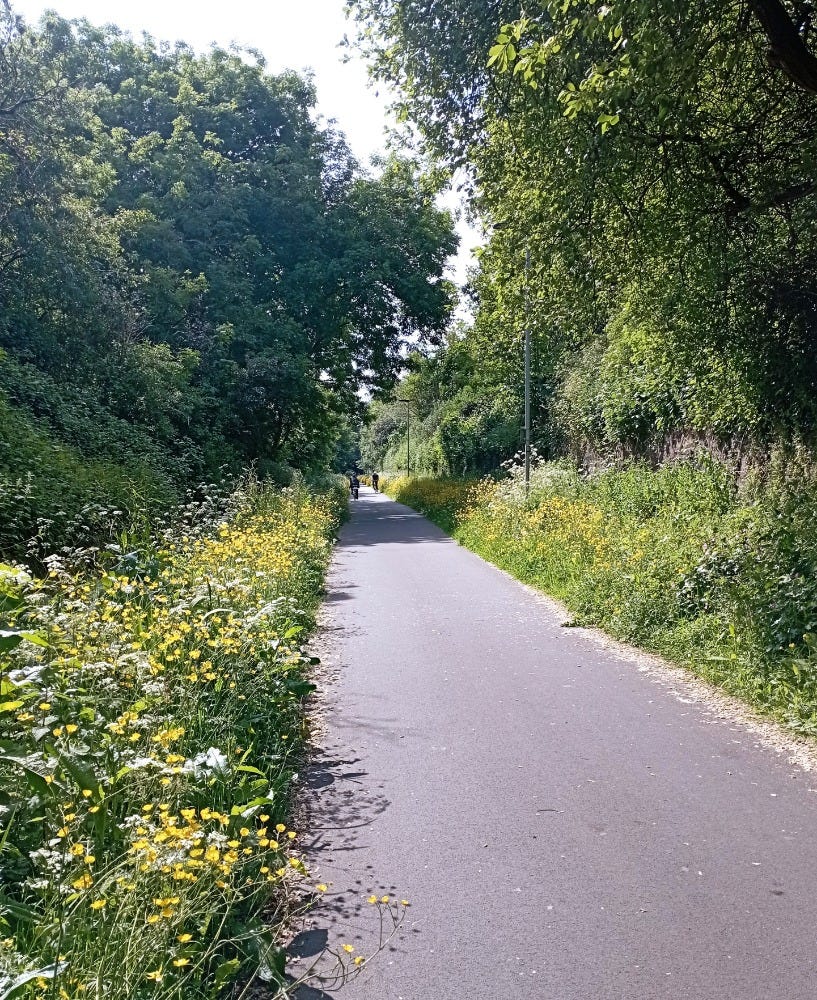
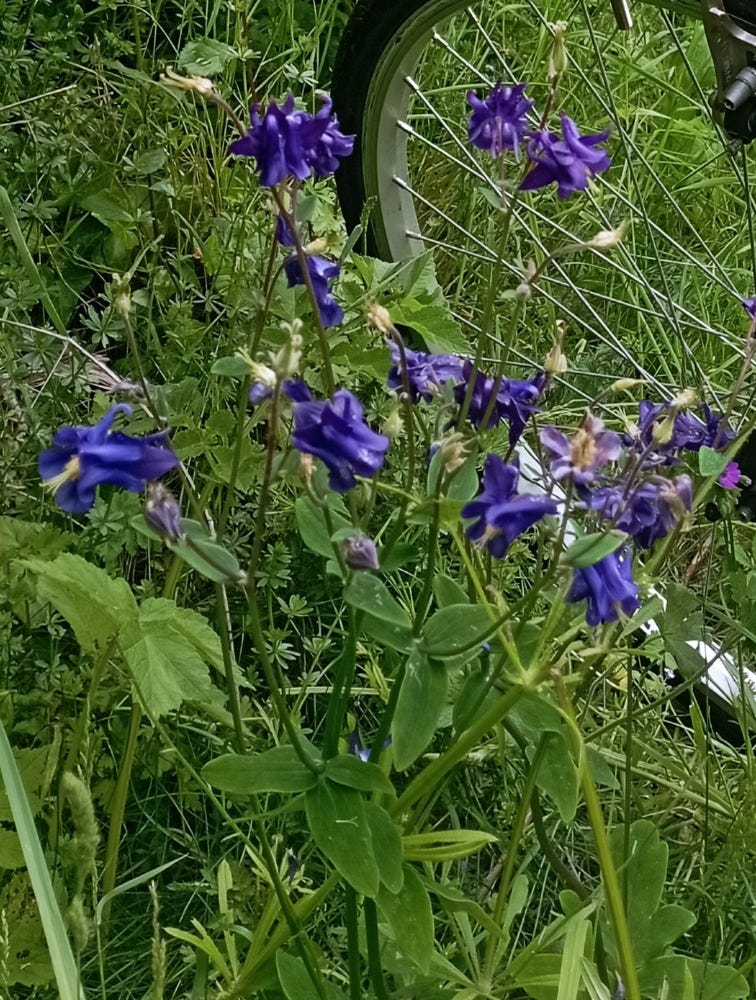



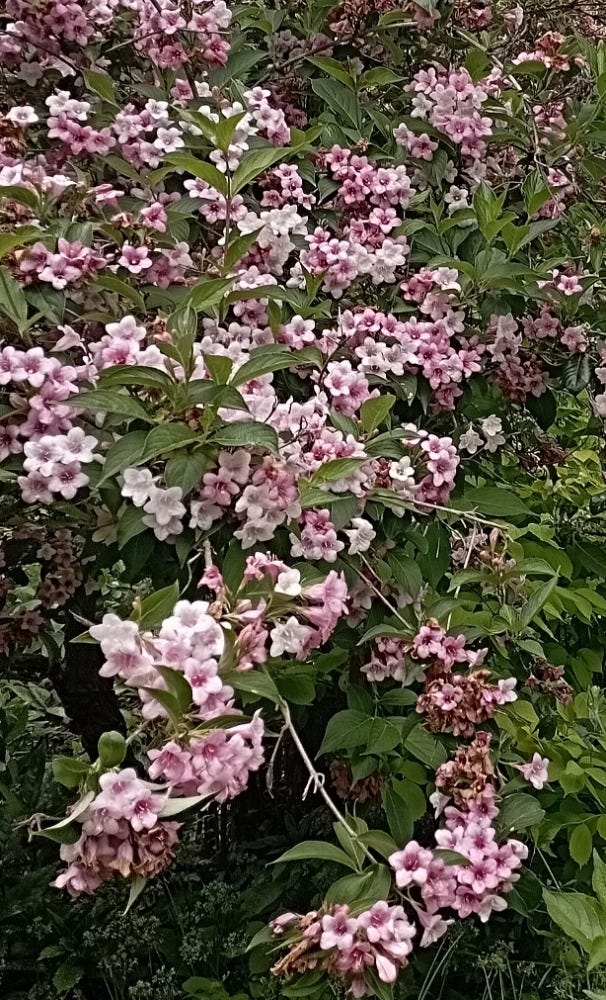
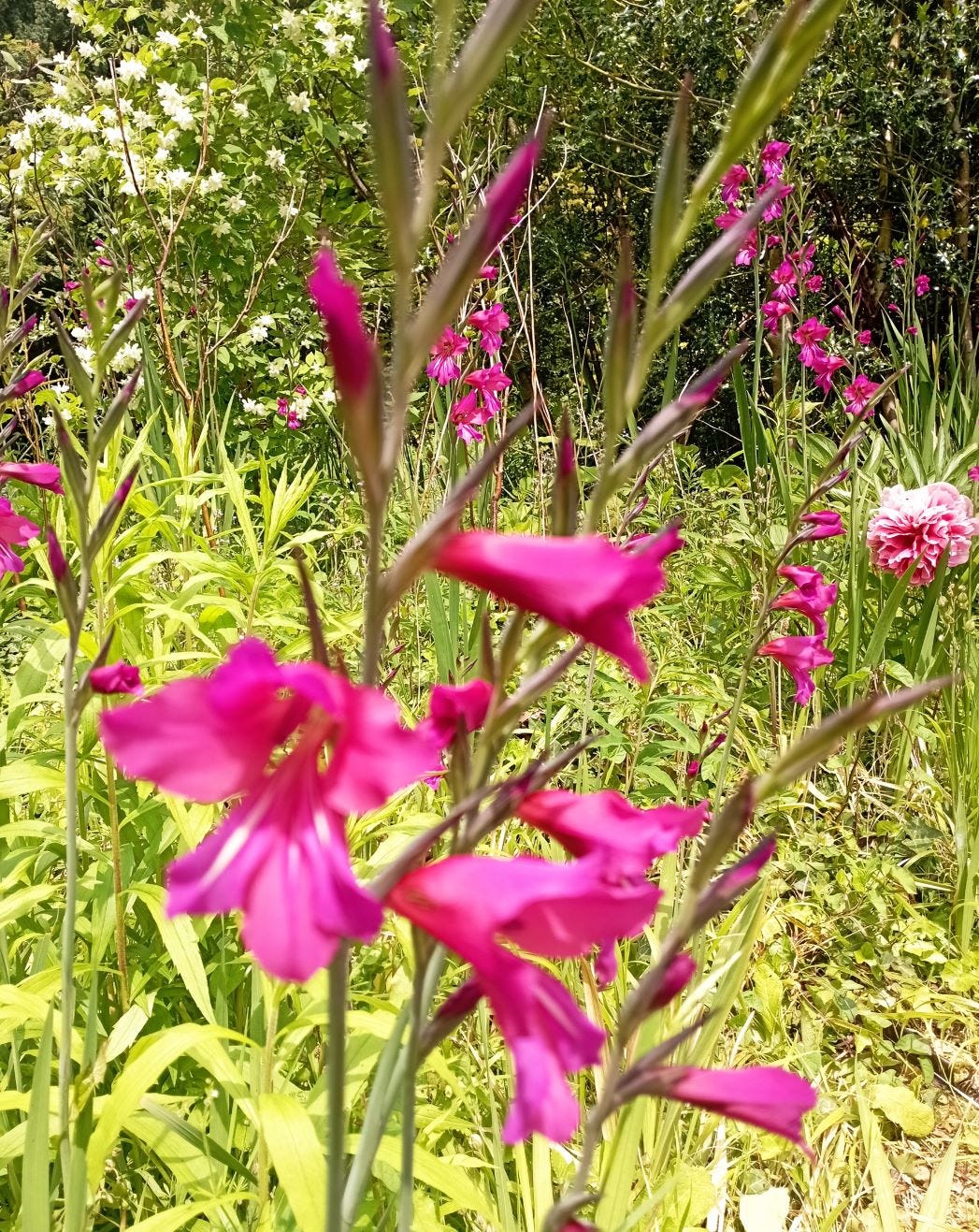
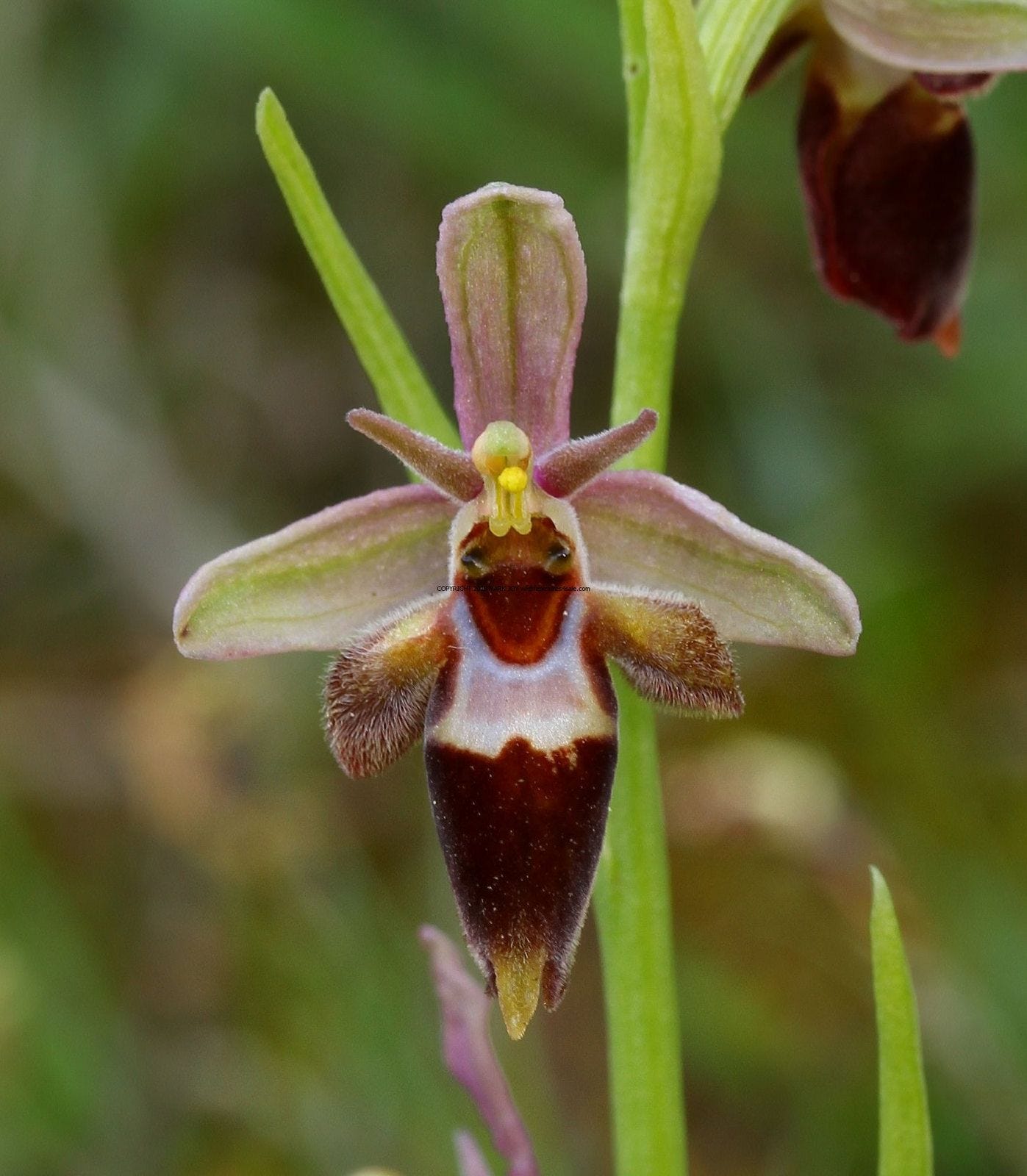




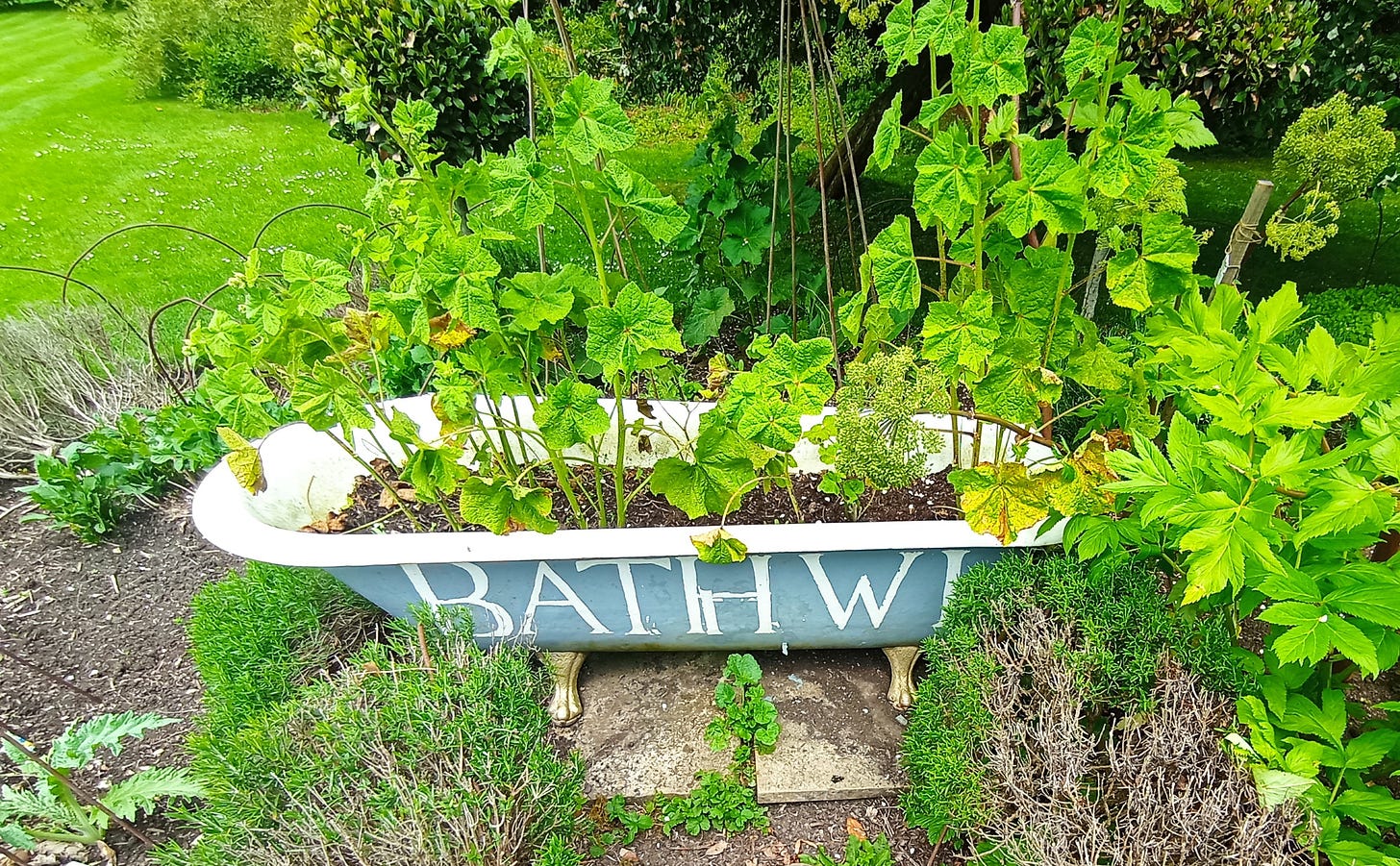

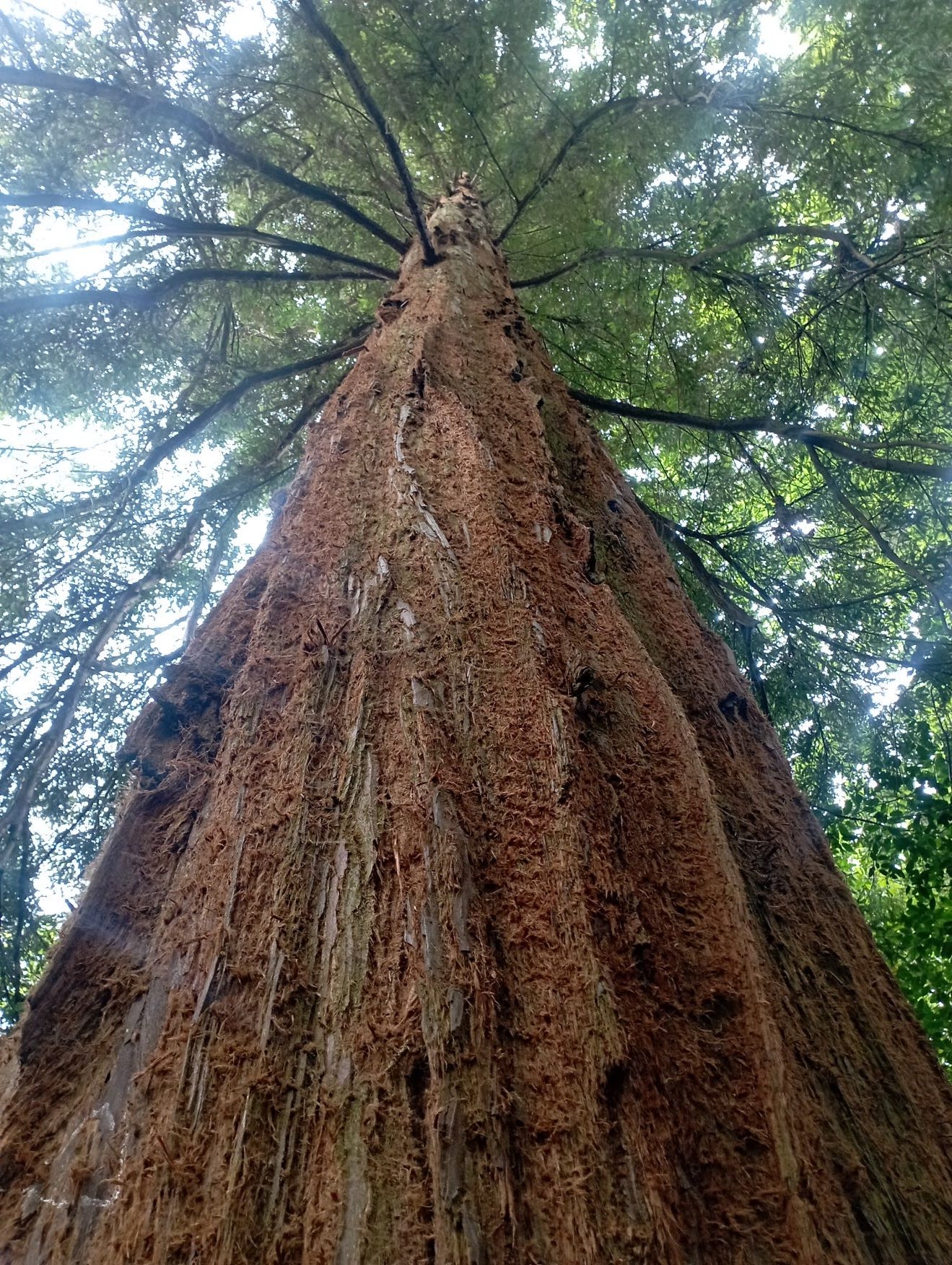

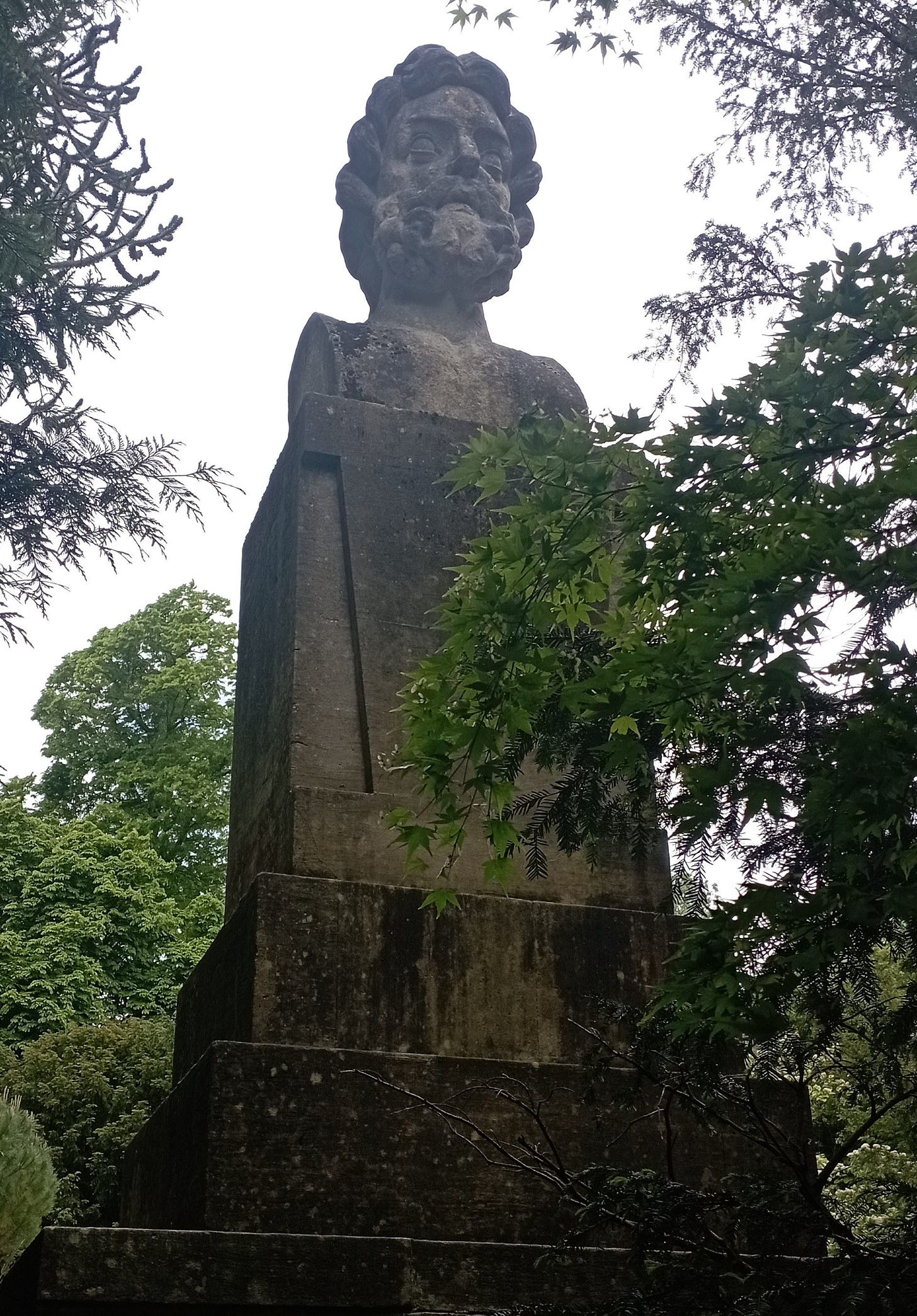
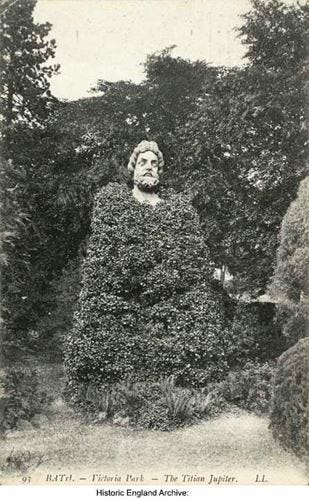
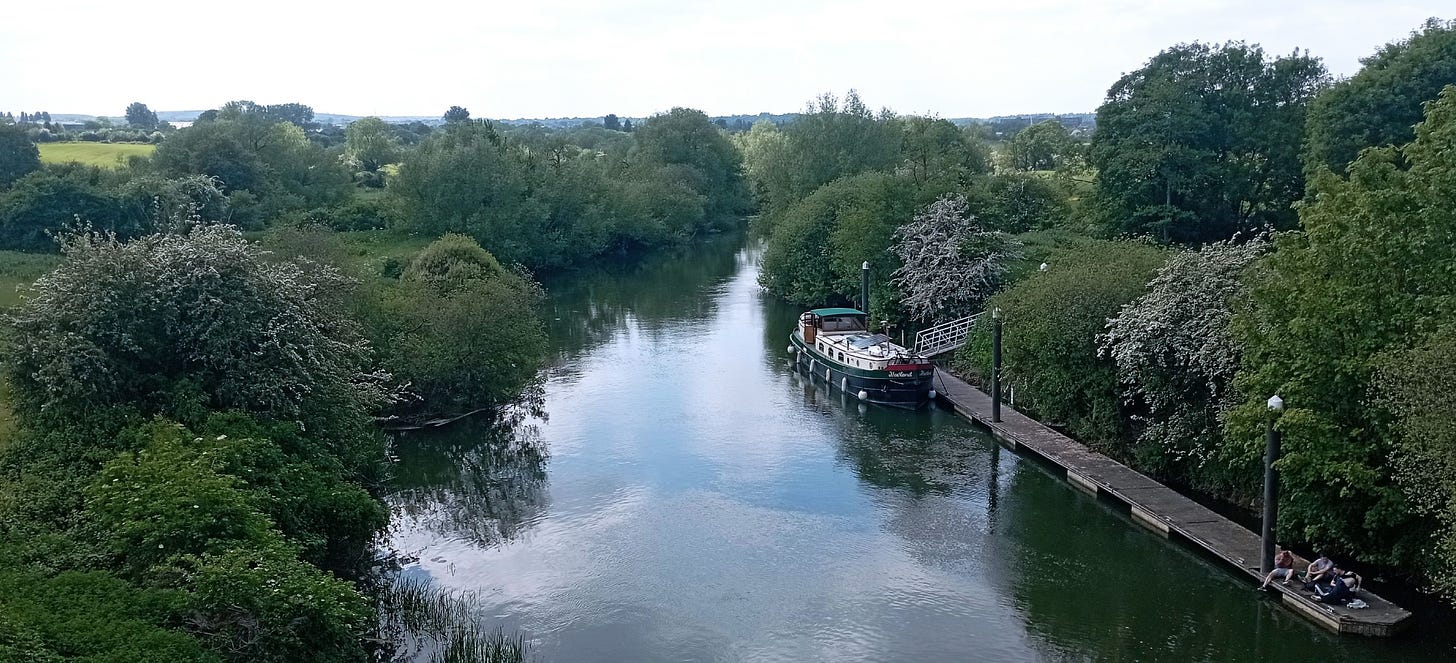
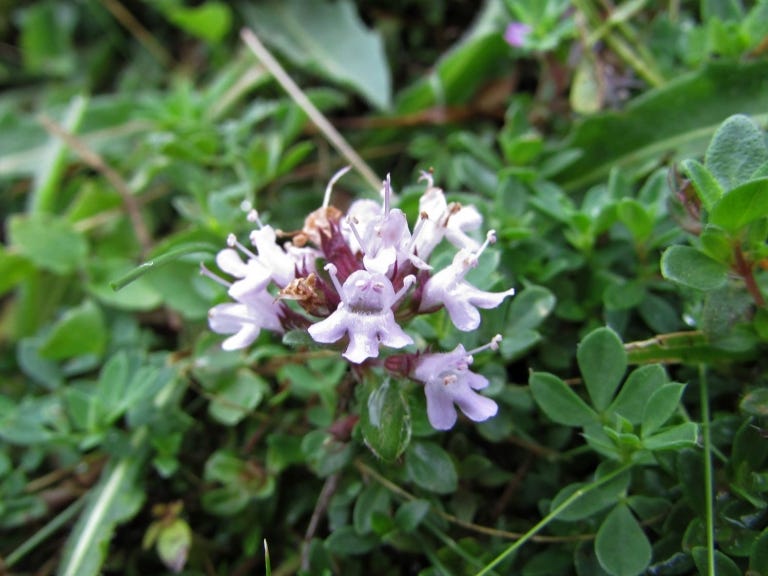
A wonderful post, but one that disturbed me. The insect apocalypse seems irreversible.